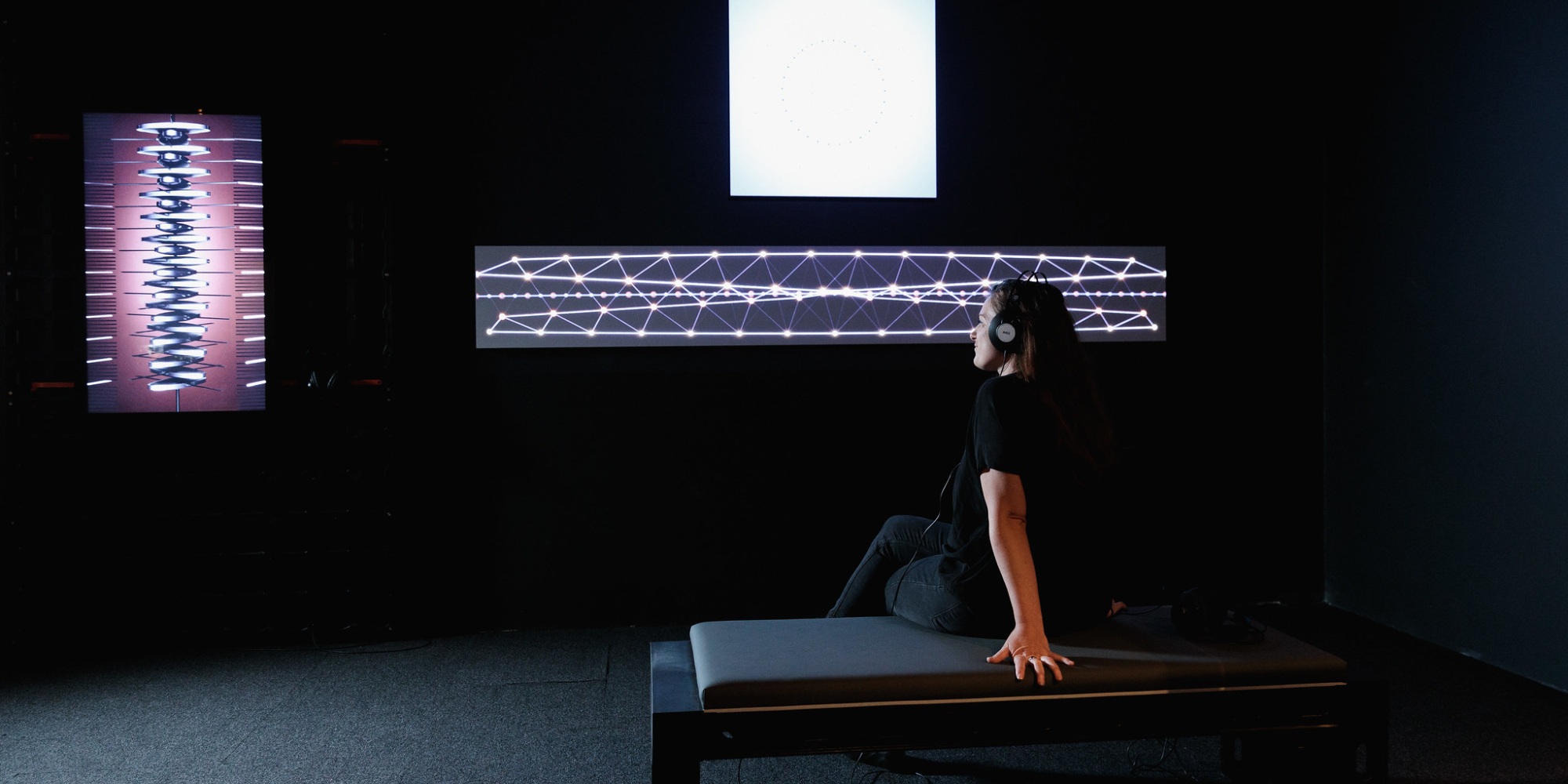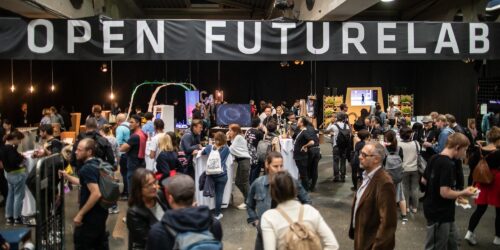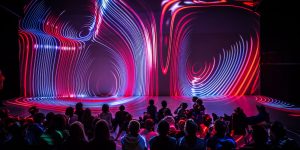Ali Nikrang
-

Future Ink
In Creativity, Where Is My Soul?
The Future Ink Project is a research project to explore the future of creativity from all aspects of ink. Various prototypes were developed in the course of Future Ink, from using tablets and drones to paint to visualizing brainwaves and body signals as immersive three-dimensional ink.
-

Artistic Journalism 2020
Keio University SFC Online Course
Ars Electronica Futurelab director Hideaki Ogawa taught an online course entitled “Artistic Journalism” at Keio University SFC (Shonan Fujisawa Campus). This experimental series of classes discusses artistic journalism through online lectures, online guided tours and dialogues with the Ars Electronica Center.
-

Artistic Journalism
Artistic journalism is the act of creating a social dialogue through artistic expression, research, exploration, and action. To engage students in this method, Ars Electronica Futurelab co-director Hideaki Ogawa has been teaching “Artistic Journalism” online courses at Keio University SFC (Shonan Fujisawa Campus).
-

AI x Music
Exhibition at the Ars Electronica Center
The potential of artificial intelligence in musical applications has been demonstrated by various projects in recent years. Modern AI can certainly be seen as another step towards expanding musical possibilities through the use of technology.
-

Open Futurelab 2019
The festival site at POSTCITY in Linz was used as a stage for Open Futurelab until 2019. Created with the Japanese public broadcasting company NHK, Media Platz was a prototype of an open media plaza consisting of cardboard and high-resolution screens, which was used as a forum for public debate. Various panel discussions took place…
-

Mahler-Unfinished
Music made by man and machine: For the Big Concert Night at the 2019 Ars Electronica Festival, Ali Nikrang, Key Researcher at the Ars Electronica Futurelab, added to Gustav Mahler’s unfinished Tenth Symphony – together with an artificially intelligent algorithm.
-

Understanding AI
What can we understand by the term Artificial Intelligence and what do we want to understand by it? What do we actually understand about human intelligence and what does it have to do with attempts at modelling it?
-

Augmented Humanity @SAP Pavilion
In 2012, Europe’s largest software manufacturer SAP commissioned the Ars Electronica Futurelab with a representative work on the 40th anniversary of the former start-up. The exhibition format “40 – years of Future” was specially developed for the planned company museum in order to communicate the company’s history and key inventions to the general public.
-

Open Futurelab 2018
Following an extended period of integrating contributions from the Ars Electronica Futurelab at various festival settings, the 2018 Open Futurelab initiative in the POSTCITY was intended to create a key interface for the lab’s creative international network.
-

Immersify
They almost make us forget the world around us: Virtual Reality (VR) applications let us dive deep into images and videos, promising interactive experiences. To lead immersive media from a niche phenomenon to a more widespread practice in the consumer market, the three-year EU-funded project Immersify took to the task of research and development with…

